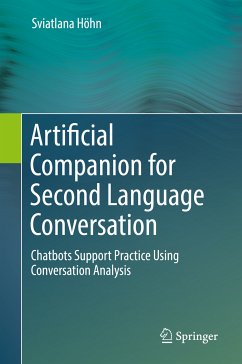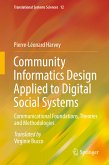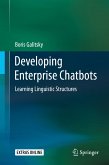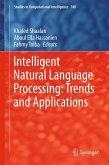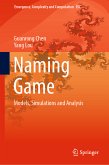The research described in this book shows that conversation analysis can effectively model dialogue. Specifically, this work shows that the multidisciplinary field of communicative ICALL may greatly benefit from including Conversation Analysis. As a consequence, this research makes several contributions to the related research disciplines, such as conversation analysis, second-language acquisition, computer-mediated communication, artificial intelligence, and dialogue systems.
The book will be of value for researchers and engineers in the areas of computational linguistics, intelligent assistants, and conversational interfaces.
Dieser Download kann aus rechtlichen Gründen nur mit Rechnungsadresse in A, B, BG, CY, CZ, D, DK, EW, E, FIN, F, GR, HR, H, IRL, I, LT, L, LR, M, NL, PL, P, R, S, SLO, SK ausgeliefert werden.

